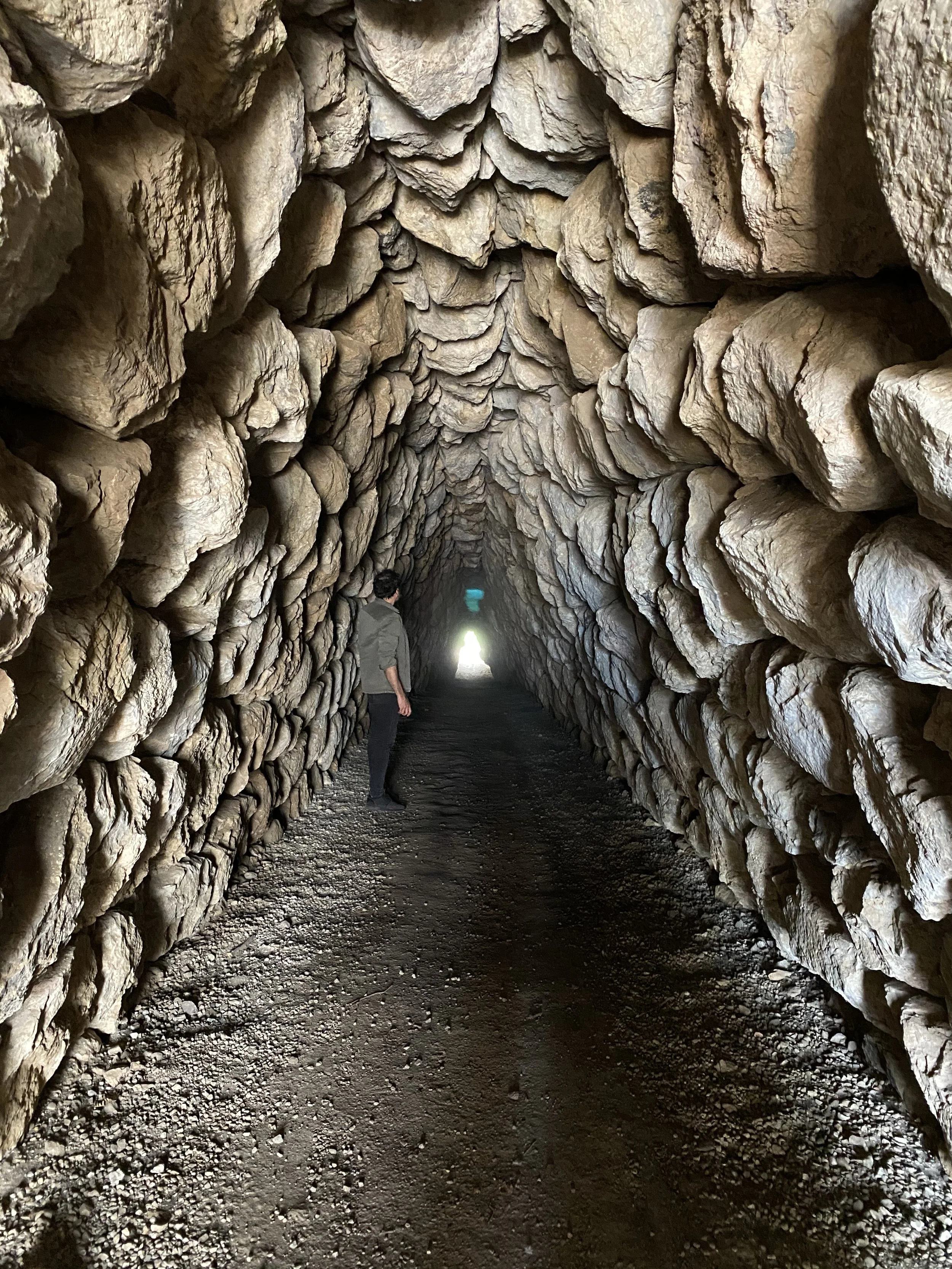The Hittites and Hattusa (Bogazkoy, Turkey)
“After the death of Moses the servant of the Lord, the Lord said to Joshua the son of Nun….Every place that the sole of your foot will tread upon I have given to you…from the wilderness and this Lebanon as far as the great river, the river Euphrates, all the land of the Hittites to the Great Sea toward the going down of the sun shall be your territory” Joshua 1:1-4
The Bible first refers to the Hittites as the son’s of Heth in the table of nations in Genesis 10. Archeology has found that around 2000 BC, people who became the Hittites moved into central Anatolia (modern Turkey) and mixed with the native Hatti people. The reign of the Hittite Empire is roughly dated from 2000 BC (approximate time of Abraham) thru to the end of the New Hittite Kingdom around 1180 BC. After this period, there were still Hittite people, but no longer were they an empire and their now famous capital of Hattusa was in ruins for the last time. Written history of the Hittites found at archeological sites begins around 1750 BC and the King Anitta of Kusara.
The Hittites called themselves “the people of the land of Hatti” and their first ruler seems to have come from the Nesa, and they called their language Nesite or Nesian. Their language was written in a cuneiform script combined with Luwian hieroglyphic writing. The site of Hattusa has yielded thousands of preserved cuneiform tablets that have given archeology an incredible amount of information about their customs, culture, business and trade, and religious practices. Hattusa was the Hittite capital from about 1650 to 1200 BC and is located at the modern Turkish village of Bogazkoy inside the great loop of the red river (the Kizilirmak river). The ancient city of Hattusa was rediscovered in 1834 AD and has been under near constant excavation since.
We visited Hattusa in 2021 and had a wonderful guide who was getting his advanced degree in the Hittite language. From the upper city rampart walls one can look down on the entire site spread out in the valley with the stone foundations visible throughout and it is an awesome site.
Hattusa - temple area of the upper city
























